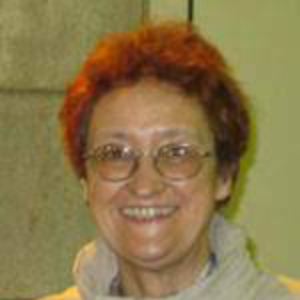Title : Microscopic insights on fabrication and properties of catalysts using synchrotron-based methods
Abstract:
eterogeneous catalysis, one of the crucial technologies employed within the chemical and energy industries and electrochemical devices, is exclusively controlled by the processes occurring at the catalyst surfaces in contact with gas or liquid phase. However, the knowledge guided fabrication of efficient and long-lasting catalysts is still hindered by ‘material’ problems that require issues of complexity at various microscopic length scales to be faced and understood. In this respect the complementary capabilities of synchrotron-based methods in terms of imaging, spectroscopy, spatial and time resolution and variable probing depths have opened unique opportunities to explore the structure and chemical composition of morphologically complex catalyst materials at relevant length and time scales and correlate them to the actual fabrication or operating conditions. The topics that will be addressed and discussed in the talk are the events occurring with metal, alloy and composite catalysts under growth and reaction conditions uncovered by monitoring the evolution in lateral inhomogeneity in the composition and chemical state at sub-micrometer length scales. The talk will include selected results illustrating (i) compositional complexity of metal catalysts developed under reaction conditions and correlation of the spatial variations in the chemical composition to the morphology; (ii) the effect of growth conditions on the chemical state and space distribution of electrodeposited hybrid metal/polypyrroleelectrocatalystsfor oxygen reduction reaction in electrochemical devices – fuel cells and metal/ air batteries; (iii) aging of composite metal/polypyrroleelectrocatalysts cycled in O2 saturated acidic or alkaline electrolyte (iv) monitoring in-situ the lateral evolution of the chemical state and local potential at the electrode/electrolyte interface in solid oxide fuel cells. Ongoing efforts for development and implementing in-operando photoelectron microscopy experimental set-ups will be outlined and briefly discussed at the end of the talk.


